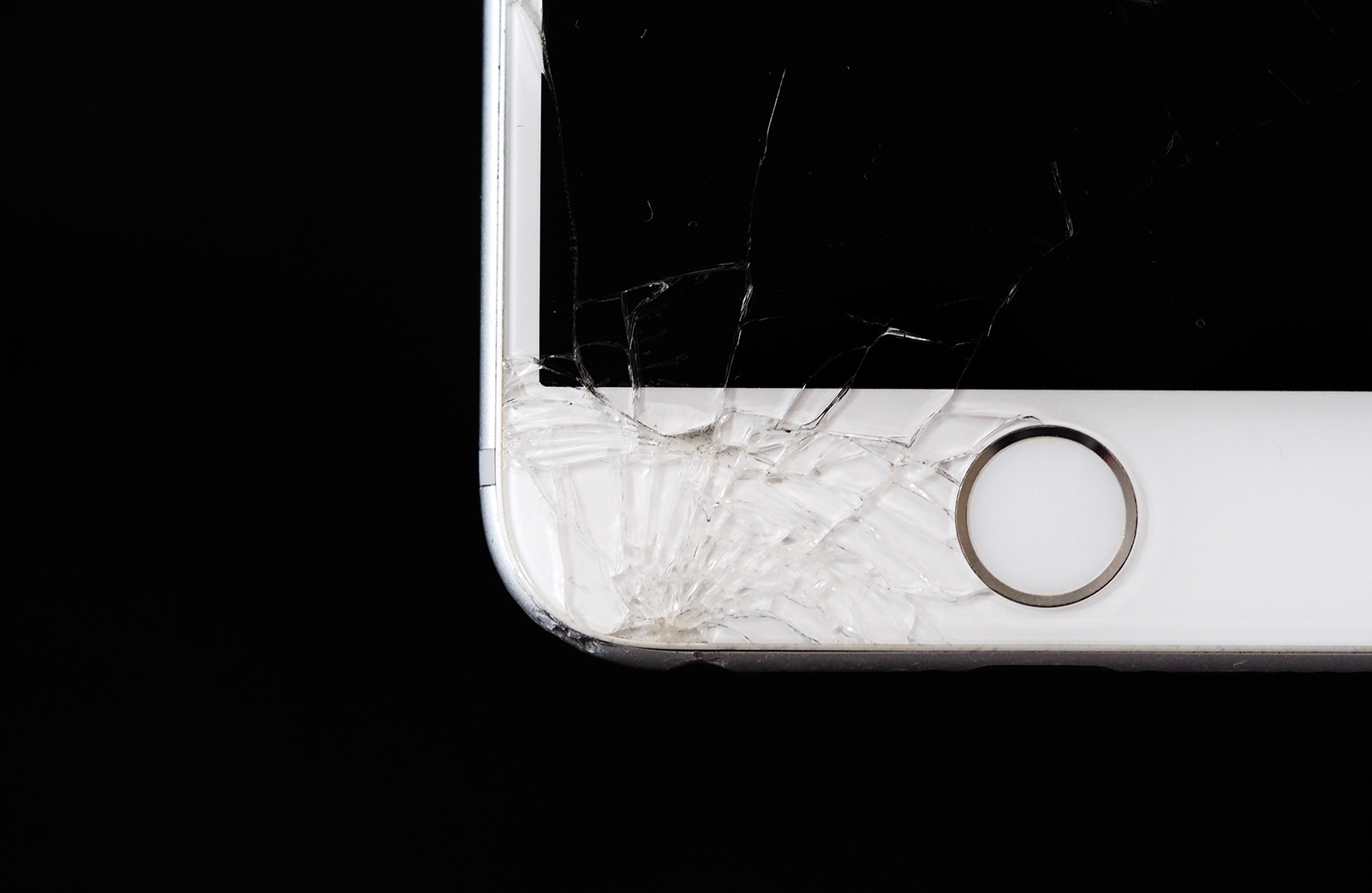Much like how people can be in different conditions, designed outcomes can be in different states. The Big Thunder Mountain Ride at Walt Disney World can be operating or can be closed for refurbishment. A car can be new and shiny or rusted and neglected. In both of these cases, the design is either in an operable contain or a state of disrepair due to neglect or normal wear and tear.
Sometimes, designed outcomes are designed to change into different states based on the user’s needs. Flip phones were intended to be open or closed. Both the open position and the closed position are states the phone was designed to take. A jacket can be in a state of being unzipped or zipped, depending on the user’s needs. In each of these cases, if the state of the design does not align with the user’s needs, they will likely discard the design.
